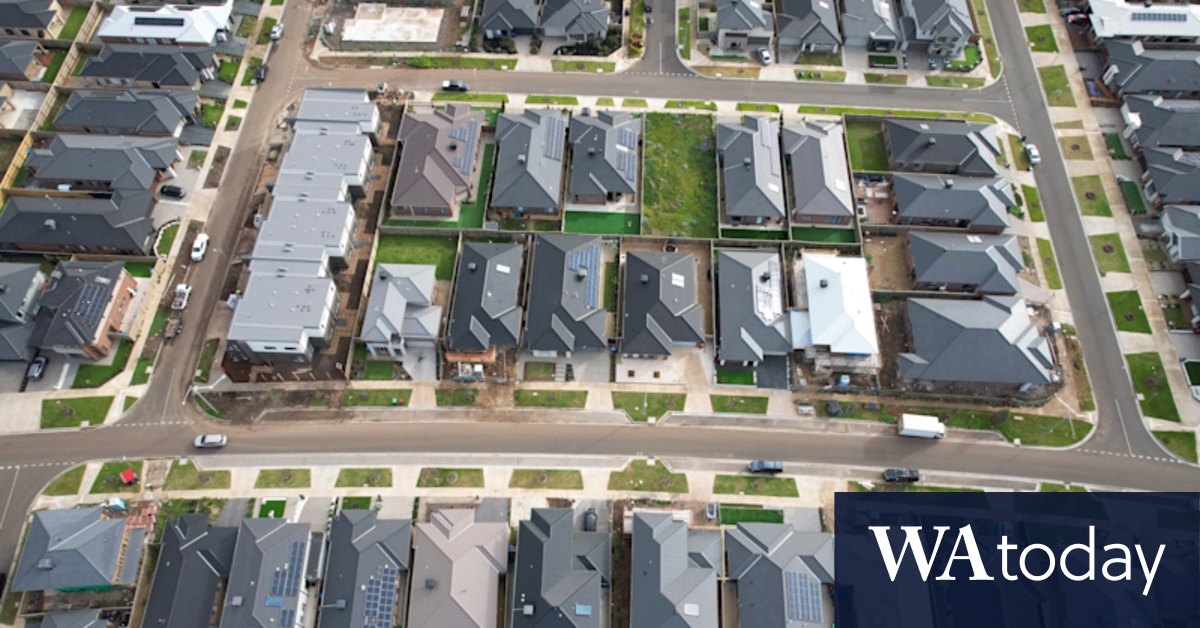“However, pockets of weakness will remain in regions where housing market and employment conditions lag the rest of the country, with parts of Melbourne a notable area of risk.”
Loading
Melbourne’s western and north-western suburbs, despite falls in delinquency rates, remain above the national and Victorian averages. These areas have higher unemployment rates than other parts of Melbourne.
The fear of unemployment, after recent figures showed the nation’s jobless rate climbing to its highest level since the pandemic, is now feeding into consumer stress.
The NAB’s quarterly consumer sentiment survey, released on Wednesday, showed a rise in shopper stress after previously reaching a two-year low due to falling inflation.
Cost-of-living issues continue to be the main concern for shoppers, largely due to elevated electricity and grocery prices, but unemployment and job security is starting to emerge as a worry. More than a third of people surveyed expect the jobless rate to climb over the next year.
Almost three-quarters of people reported that prices for utilities and groceries had increased over the past three months, with most not expecting any respite over the year ahead.
NAB chief economist Sally Auld said that while consumer stress had risen, it was still below its long-term average.

NAB’s Sally Auld says despite rising consumer stress it remains below the long-term average.Credit: Wolter Peeters
She said that although Australian shoppers were still mindful about where they spent their money, with 28 per cent changing to less expensive options, some people were opening their wallets.
“Consumers were somewhat less restrained in the September quarter,” she said.
“This easing allowed households to spend more, though spending growth was concentrated in specific areas, suggesting a continued focus on value and convenience.”
The fall in interest rates this year has contributed to a sharp fall in consumer stress caused by mortgage repayments.
Whether borrowers get further relief at the Reserve Bank’s last two meetings of the year will largely be determined by next week’s September quarter inflation figures.
Commonwealth Bank economist Trent Saunders said those figures were likely to show headline inflation pushed to 3 per cent over the past months, while the closely watched underlying measure will remain steady at 2.7 per cent.
Loading
He said it was unlikely the Reserve would cut further until it had clear evidence that inflation was on its way to the midpoint of the bank’s 2-3 per cent target band.
But the September jobs report, which showed an unexpected rise in unemployment, could force the bank’s hand.
“The latest labour force data mean that the decision to hold or cut in November may not be clear-cut,” he said.
“Given the increase in unemployment in September, an unexpectedly soft September quarter inflation print could see the RBA cut in November.”

